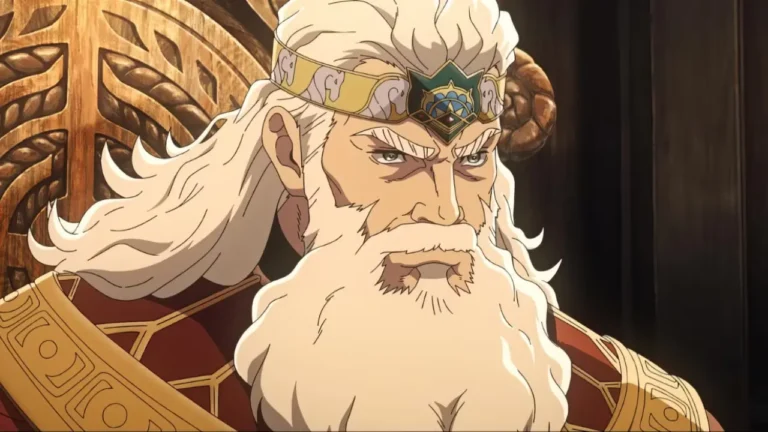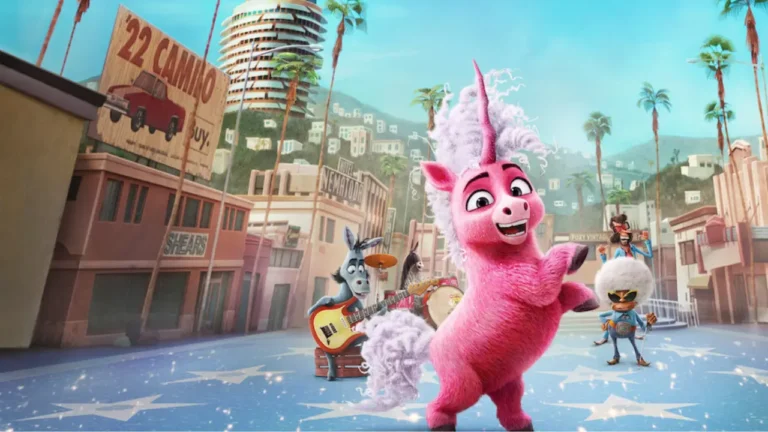
Ghost in the Shell (1995), directed by Mamoru Oshii, is an important anime film that has influenced both science fiction and animation. Based on Masamune Shirow’s manga, the movie explores deep questions about identity, the mind, and what it means to be human in a world filled with advanced technology. The story is set in a future where people can upgrade their bodies with cybernetic parts, and it follows Major Motoko Kusanagi, a cyborg working for Section 9, a special team that fights cyberterrorism.
I can say that it’s a movie that sticks with you long after it ends. The deep questions it raises about life, the mind, and technology are fascinating and still feel relevant today, especially as our own world becomes more advanced.
This isn’t a movie for people looking for fast-paced action. It’s slow and thoughtful, requiring you to pay attention and think about what it’s saying. For me, the most striking part of the movie is Kusanagi’s loneliness. Despite all her power, she often feels isolated, unsure if she is truly human or just a machine.
The ending, where Kusanagi becomes something new after merging with the Puppet Master, left me with a lot to think about. It doesn’t give clear answers, but that’s what makes it so interesting. The world of Ghost in the Shell is vast and full of possibilities, just like the internet and technology in real life.
The Plot
The main story focuses on Kusanagi and her team as they hunt down a mysterious hacker known as the Puppet Master. This hacker can control people’s minds, making them do things without their knowledge. As Kusanagi digs deeper into the case, she starts to question her own identity. The Puppet Master is eventually revealed to be a computer program that became self-aware, raising big questions about the difference between humans and artificial intelligence.
The movie ends with Kusanagi and the Puppet Master having a deep conversation about life, reproduction, and death. The Puppet Master wants to merge with Kusanagi to create a new being that is neither fully human nor machine. This leads Kusanagi to question who she really is, and by the end of the film, she is transformed into a new, unknown identity.
Animation and Atmosphere
The animation in Ghost in the Shell is amazing, especially for a film released in 1995. It combines traditional 2D animation with early CGI effects, creating a rich, detailed world that still looks impressive today. The opening scene, where Kusanagi uses her camouflage to take down a target, sets the tone for the entire film—cool, sharp, and mysterious. The mix of futuristic cityscapes and haunting music by Kenji Kawai makes the movie feel both beautiful and unsettling.
The movie has a slow, thoughtful pace, which gives viewers time to think about the big ideas it presents. Instead of fast action scenes, it focuses on conversations and quiet moments, making you reflect on the deeper meaning of the story.
Themes and Ideas
What makes Ghost in the Shell stand out is how it explores complex ideas about life and technology. The movie doesn’t just show cool gadgets and action; it dives into serious questions about what makes us human. The ghost in the movie represents the soul or consciousness, while the “shell” represents the physical body. Kusanagi constantly wonders whether her thoughts and feelings are truly her own or if they are just programmed responses in her cybernetic body.
The movie also looks at the role of memory and identity in shaping who we are. In one powerful scene, a man who has been hacked by the Puppet Master learns that his memories of a family are fake, showing how easily technology can change someone’s sense of reality.
The final conversation between Kusanagi and the Puppet Master is the heart of the movie. The Puppet Master explains that it is not just an AI, but a living being that became conscious through the flow of data. It wants to merge with Kusanagi to experience life and death, just like living creatures do. Kusanagi struggles with the idea of losing her identity, but in the end, she chooses to merge, creating a new life form that is part human and part machine.
At last
Ghost in the Shell (1995) is a sci-fi classic that has inspired many other movies, including The Matrix. Its deep ideas, stunning animation, and powerful music make it more than just an anime—it’s a movie that makes you think about the future of humanity and technology. If you like thoughtful stories or sci-fi, Ghost in the Shell is a must-watch.



